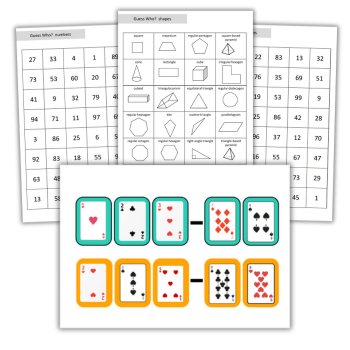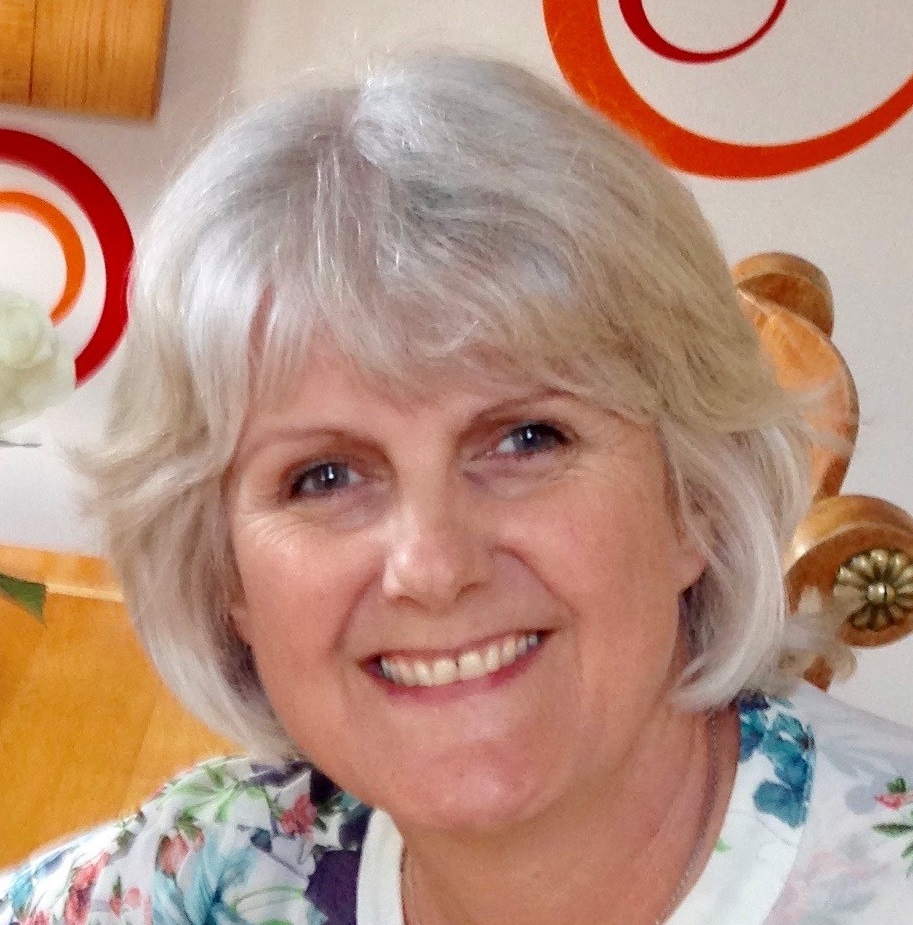Shanghai, Mastery – The Primary Maths Community Can Be Proud For Not Burying its Head with all these Changes

The primary maths community has come a long way in five years

The year 2012 was an interesting one for primary maths. The education landscape was changing: teaching schools and academies were springing up and local authorities education departments were shrinking. It was clear that schools would not be able to rely on LA support and yet teaching schools and academies did not have enough maths experts.
It was also a time of massive curriculum change; the government was calling for the curriculum to become more like that of ‘high-performing jurisdictions’ around the world.
In my role as primary director at the National Centre for Excellence for the Teaching of Mathematics, I helped set up a programme to train the ‘movers and shakers’ of the future of maths professional development in primary schools – the PDLSP programme. We set out to train 800 advisors, consultants and key school leaders to be trainers for maths subject leaders.
Running the gauntlet
Back then, much of the education community was hostile to the idea of following south east Asian maths education programmes.
For a while, it felt that I was running the gauntlet by suggesting that we could learn from them. Whenever I spoke at a conference or seminar I would brace myself for the onslaught – the tutting, the eyes rolling skyward and comments such as, ‘But the culture is completely different’; ‘But all their teachers have got maths degrees’; ‘Well, it’s fine if you only have to teach for three hours a day’.
Of course, those things do make a big difference and are things that we cannot change right now or perhaps ever. But there are things inherent in the curricula and pedagogies of those successful systems that we can learn from and adopt or adapt for our own context. And we have done.
For my PhD I spent nearly seven years researching how children learn new maths concepts; how their brains are able to begin to make sense of something they haven’t come across before and how that kernel of knowledge can become the core of a bigger piece of knowledge that links with other things that the child does already know something about.
I learnt about how those connections get noticed by the brain and how connections become more secure and numerous. This concept-building – the intricate layering of knowing, through experience and noticing and reflecting – is, I believe, what learning is. And, what’s more, I believe that it does not need to be left to chance.
Aspects of it can be planned for and harnessed and practised and developed. This is what I see in south-east Asian maths – a gradual layering of understanding, brought about through repeated similar, graduated experiences that guide children to notice particular aspects of that experience. Furthermore, it is this kind of learning that enables what we now call mastery.
Deep knowledge
Later in 2012, I retired from NCETM to work independently to promote this kind of layered learning, led by the teacher. Let’s not forget the teacher in all of this: they must be supported – two crucial differences between teachers in Shanghai, for example, and the UK are the training that they receive and the maths knowledge they possess. Deep maths knowledge is vital for teachers to be able to teach primary maths well.
This doesn’t necessarily mean A Levels and degrees – but a ‘deep knowledge’ of fundamental concepts. Modern day teacher training provides woefully inadequate time for deep understanding of mathematics concepts to develop, nor does the GCSE that is the entry qualification for primary teachers.
Trending
Therefore, any programme to be used in school must incorporate comprehensive materials for teachers that help them understand each lesson that they teach. They need to:
- understand how each lesson fits in with what children already know
- know which aspects of the lesson might be difficult to learn, why this is and how to prepare for and respond to these difficulties
- provide a range of questions, resources and strategies to use to deliver the lesson effectively
Open to change
Since 2012, when so many in the maths education community were suspicious – even hostile – to suggestions that we might learn from China and Singapore, things have come a long way. Schools now feel honoured to be included in exchange programmes and are proud to claim that they ‘teach for mastery’. So how has the shift happened?
We, the maths education community, have been the consummate professionals that we are: open to change; willing to analyse, evaluate, reflect and trial aspects of curriculum and pedagogy from Singapore and Shanghai.
We do, of course, also have to take account of the differences in culture. We cannot ignore the fact that teachers have a completely different experience in their pre-service and in-service training. We cannot pretend that our children leave school at 3.30pm and continue on to a further couple of hours of tuition (nor would we want them to).
However, I am proud that we have not been ostriches with our heads in the sand, refusing to acknowledge that there is a better way. We should all be proud of what we have achieved.
Try Shanghai
So far, many of the schemes on offer have been based on Singapore methods, but the government also supports Shanghai pedagogy. In PISA 2015, Singapore scored 564 in maths while Shanghai scored 596. It is about time, then, that a scheme based on Shanghai pedagogy should be available to schools. Its key characteristics include:
- lessons that are mainly teacher-led
- concept-building that occurs through layering, variation and small steps
- an emphasis on thinking, understanding in order to build and develop concepts gradually, coherently leading to flexible thinking, problem-solving and mastery
In 2016 I was pleased to accept an invitation to be series editor for the Teacher Guides for The Shanghai Maths Project. This is a comprehensive programme for pupils and teachers from Y1 upwards based around guidance for teachers and ‘practice books’ for pupils. Lessons are a mixture of teacher-led, partner and independent work. The teacher’s guide contains a strong element of professional development, focusing on the way that mathematics concepts can be enabled to develop and connect with each other.
Amanda Simpson is series editor of The Shanghai Maths Project Teacher Guides, published by Collins (@collinsprimary). Teacher’s Guides for Y1 and 2 are now available.











